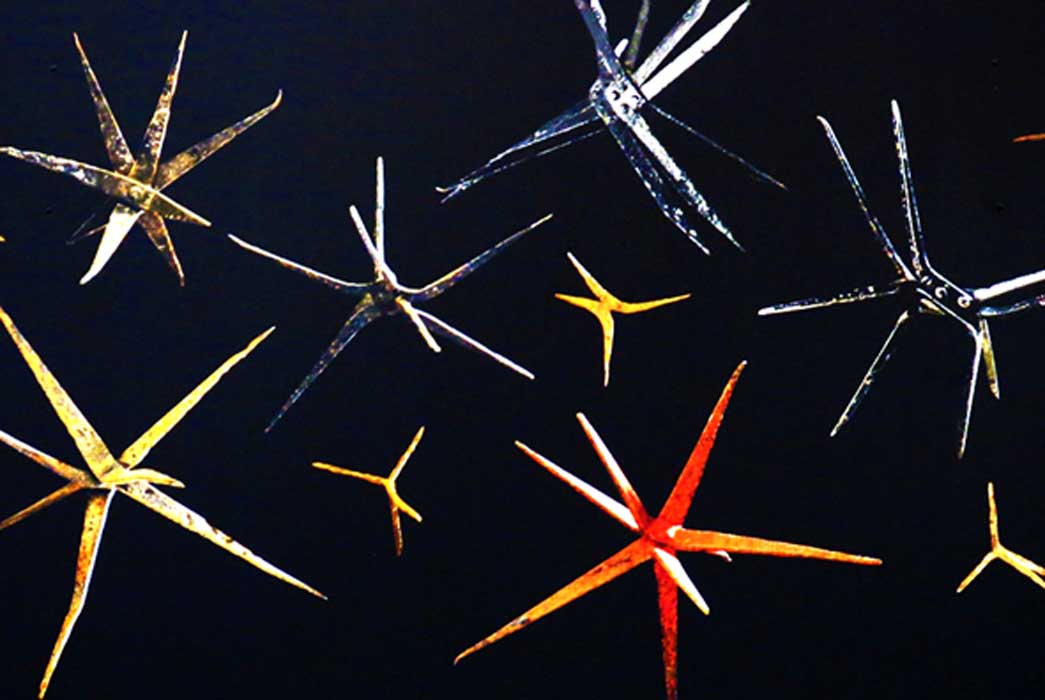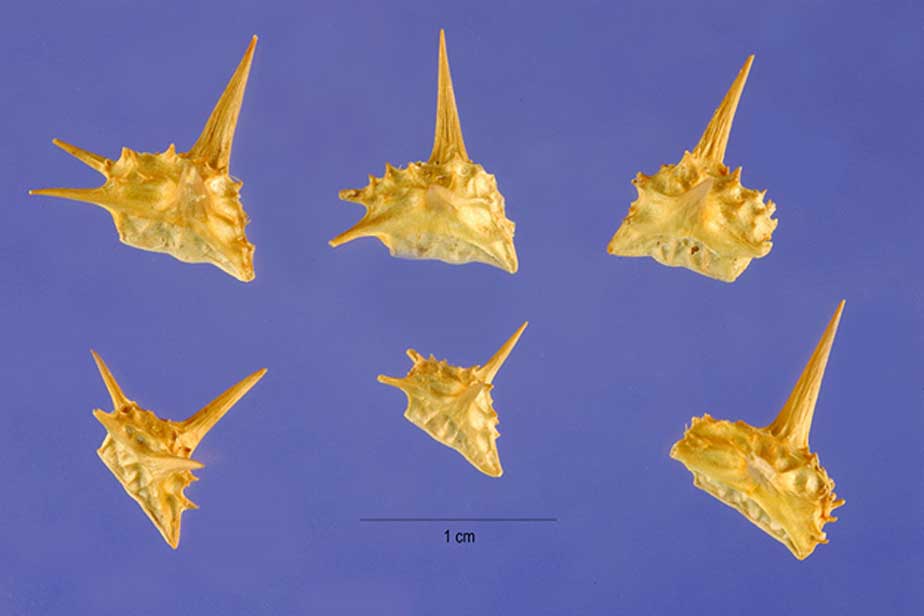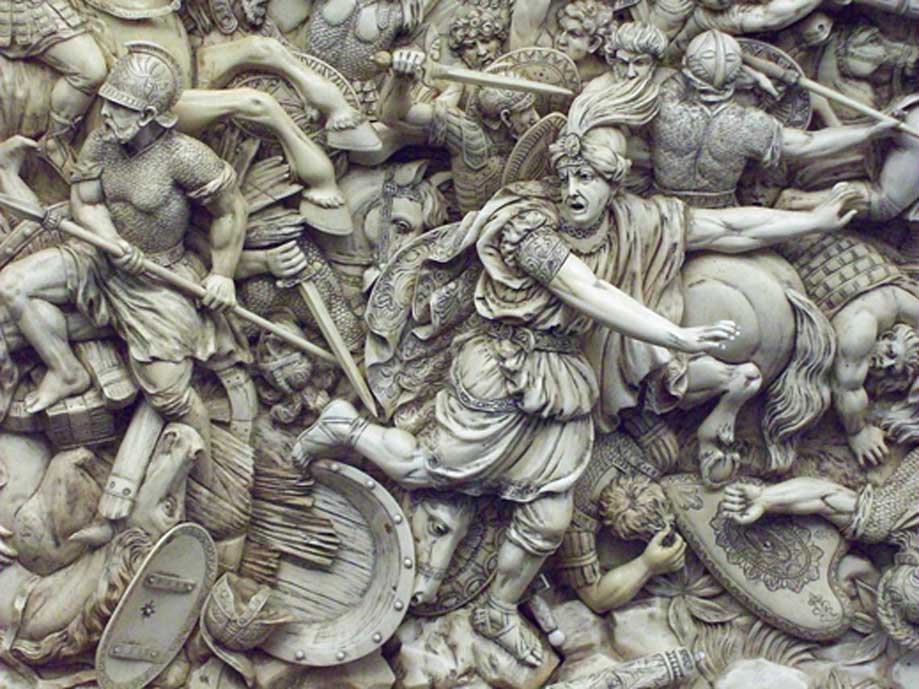
Watch Your Step! Don’t Tread on the Caltrop, A Weapon with a Pointed History
There is a cunning and deadly device that used by armies in the past, and up to the present day. It’s a weapon mostly overlooked but is yet brilliantly effective—the caltrop. The caltrop (or calthrop) is a crude, cheap, iron ball with spikes. It is an anti-personal weapon used to slow down troops on foot, horses, war elephants, and even tires on small vehicles. Bigger versions were used against tanks and water landing craft.
Caltrops came with three prongs, or even four, and to use the weapon required no skill at all, other than watching where you stepped once you placed it! Simply scatter in the vicinity of your intended host, and they’ll find it. Once the enemy marched over them, great yowls of anguish could be heard. Stepping on one could cause a nasty puncture-wound for the enemy marching or to the cavalry accompanying them, which could lead to infection or death if not treated hastily.
Designed by Nature, Employed by Man
The name caltrop is said to mean “star thistle,” which is said to be a weed whose spikey seeds performed similarly to the weapon itself, painfully piercing deeply into the feet of careless pedestrians. The Greeks called it “tribolos” due to its shape. The Romans called it “tribulus” but it was called “murex” as well, for it looked like the shell of a mollusk.

Thumbtack-like Tribulus terrestris nutlets are a hazard to bicycle tires, feet, and ancient armies. (Public Domain)
The origins of the weapon are a mystery. However, some have pointed out that the first use of the weapon was at the Battle of Arbela (also known as the Battle of Gaugamela) in 331 BCE.

Watch your step! Darius’ flight at The Battle of Gaugamela (detail) (Luis García /CC BY-SA 3.0)
The Macedonian author Polyaenus wrote about the event 500 years later, making the claim that Darius III placed many of these small nasty devices in front of his army to deter the oncoming forces of Alexander the Great. Nevertheless, Alexander was able to maneuver around this obstacle, making his way through the Persian lines, and thus winning the battle. As for that being the first time the weapon was used, that cannot be confirmed, but it should be noted that Polyaenus does not mention this device as new, and the passage in question suggests that the Macedonian army must have been familiar with the weapon.
When Alexander the Great died, the caltrop became a fan favorite among his various Hellenistic successors who battled for the throne of Alexander. Many of the caltrops at the time were made of wood with metal spikes and is said they were used very extensively in battle and were deployed long before the battle was to take place. It is also mentioned that sometimes there was just too many of them! Such that the army that deployed them restricted their own movement in battle. So, they were very effective against enemy infantry and cavalry— including those who placed them there in the first place.




